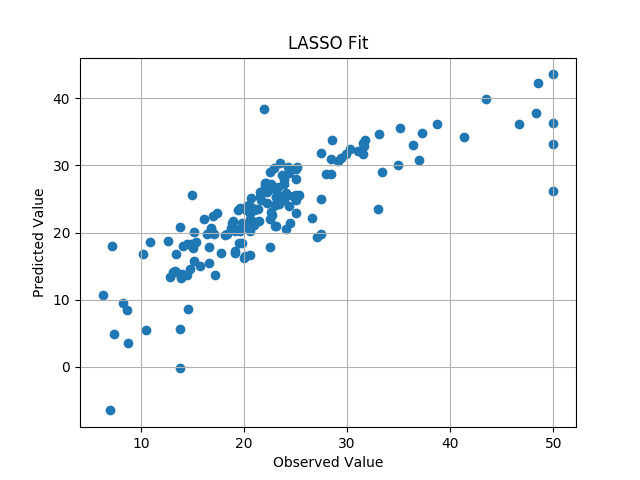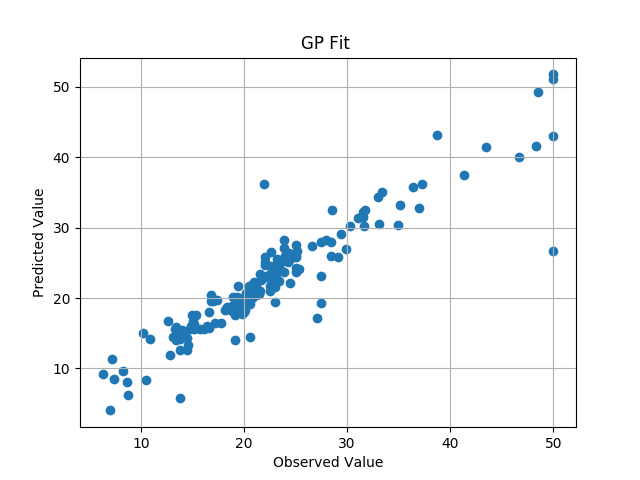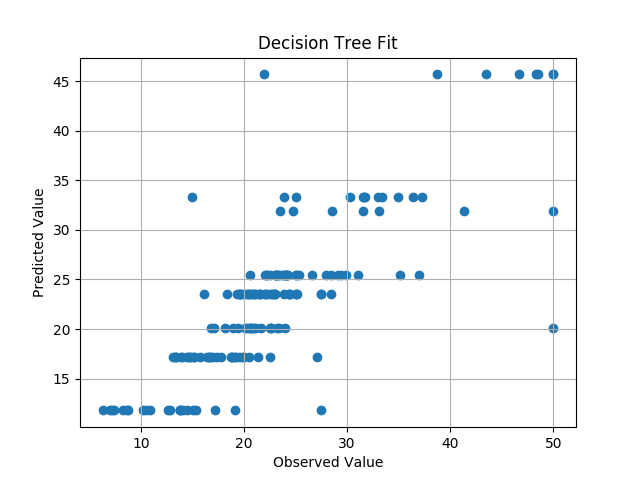1. Examples of spatio-temporal data2. Jargon of spatial and spatio-temporal modeling3. Exploratory data analysis methods4. Bayesian inference methods5. Bayesian computation methods6. Bayesian modeling for point referenced spatial data7. Bayesian modeling for point referenced spatio-temporal data8. Practical examples of point referenced data modeling9. Bayesian forecasting for point referenced data10. Bayesian modeling for areal unit data11. Further examples of areal data modeling12. Gaussian processes for data science and other applications
1. Examples of spatio-temporal data2. Jargon of spatial and spatio-temporal modeling3. Exploratory data analysis methods4. Bayesian inference methods5. Bayesian computation methods6. Bayesian modeling for point referenced spatial data7. Bayesian modeling for point referenced spatio-temporal data8. Practical examples of point referenced data modeling9. Bayesian forecasting for point referenced data10. Bayesian modeling for areal unit data11. Further examples of areal data modeling12. Gaussian processes for data science and other applications
12. Gaussian processes for data science and other applications
This chapter aims to present GP based models for machine learning showing an immediate connection between the GP based regression models presented in the earlier chapters. The chapter highlights the equivalent correspondences between the different terminologies used in the fields of mainstream statistics and data science. For example, estimation (and prediction) is generically termed as 'learning' in data science. The chapter further elaborates and uses these synergies to build bridges between the two fields - more importantly between what has been presented in the earlier chapters of this book and relevant parts of machine learning. The chapter also discusses the use of GP in Bayesian calibration of computer codes.


